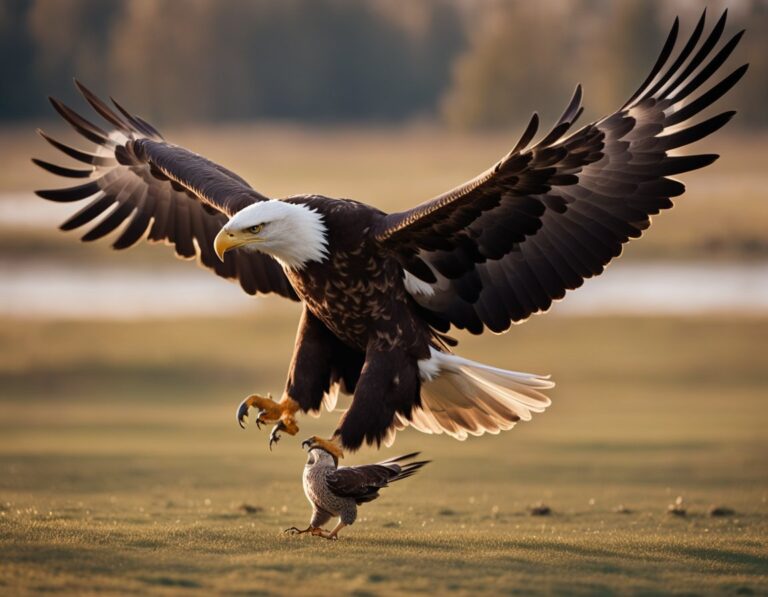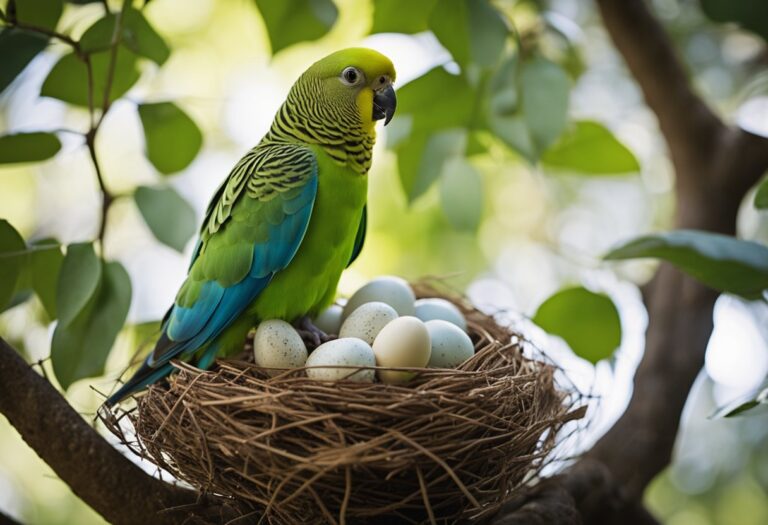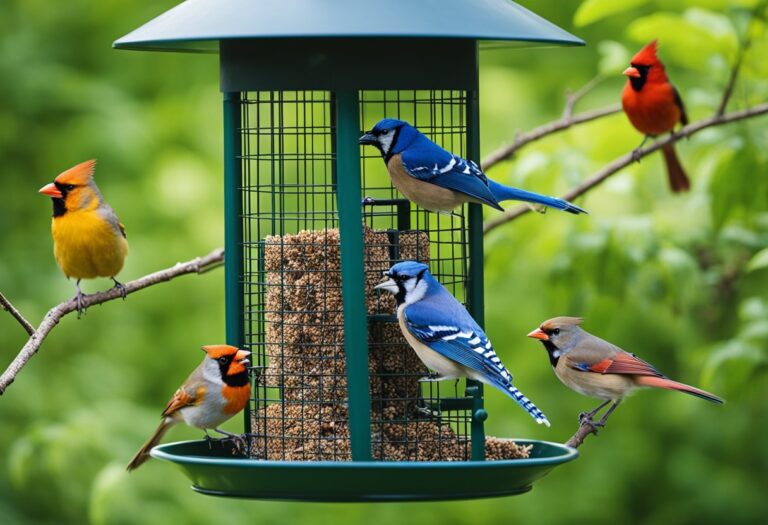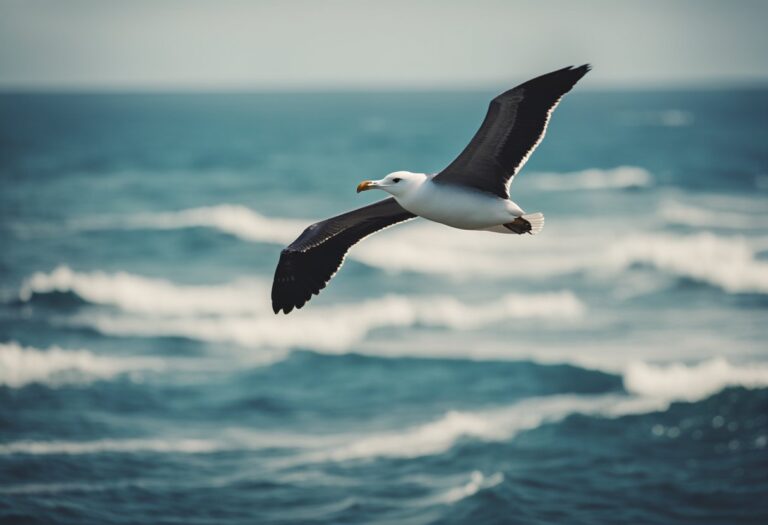A lot of parrot owner ask this question why do parrots stand on one leg. This common behavior often raises questions among bird owners. Parrots stand on one leg primarily as a way to conserve body heat and show they feel safe and relaxed in their environment. When a parrot tucks one foot up into its feathers, it’s reducing heat loss by keeping that foot warm while minimizing the exposed surface area through which body heat can escape.
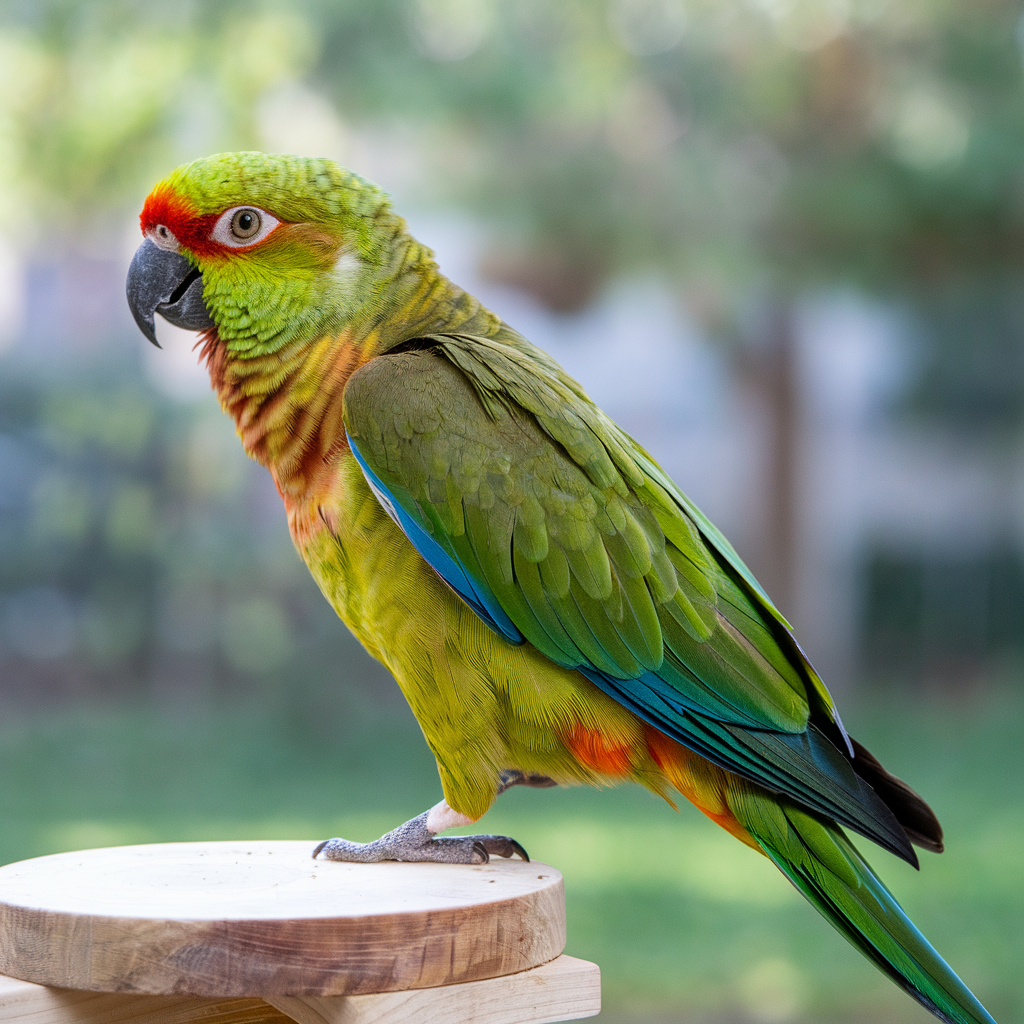
I’ve observed that this one-legged stance is also a significant indicator of your parrot’s comfort level. Birds typically only stand on a single foot when they feel secure enough not to need both feet ready for a quick takeoff. It’s actually a good sign when your parrot feels comfortable enough with you to relax this way in your presence, showing they trust their surroundings and aren’t on high alert.
Key Takeaways
- Parrots stand on one leg to conserve body heat by reducing exposed surface area and keeping one foot tucked in their warm feathers.
- One-legged standing is a sign of relaxation and indicates your parrot feels safe and comfortable in its environment.
- If a parrot suddenly stops standing on one leg or favors one leg consistently, it might indicate a health issue requiring veterinary attention.
Physiological Reasons for One-legged Standing
When parrots stand on one leg, they’re doing more than just striking a cute pose. This behavior serves important biological functions that help these birds maintain their health and comfort in various conditions.
Thermoregulation in Parrots
Birds lose a significant amount of body heat through their unfeathered legs and feet. When temperatures drop, standing on one leg helps parrots conserve warmth by reducing exposure. The exposed leg and foot act as radiators, allowing heat to escape from the body.
By tucking one foot up into their feathers, parrots effectively reduce their heat loss by 50%. This is especially important for small parrot species that have a higher surface-area-to-volume ratio, making them lose heat more quickly.
I’ve observed this behavior most commonly during cooler mornings or in air-conditioned environments. According to many avian veterinarians, this thermoregulatory behavior is completely normal and healthy.
If your parrot stands on one leg frequently in warm conditions, I recommend consulting an avian vet to ensure there aren’t underlying health issues.
Muscle Relaxation and Rest
Parrots also stand on one leg when they feel relaxed and comfortable. This position allows them to rest their muscles while maintaining balance.
Their unique anatomy includes:
- Special tendons that lock their feet in position
- A balancing mechanism that requires minimal muscle effort
- Adaptations that prevent fatigue in long-standing periods
I find it fascinating that parrots can sleep in this position without falling over. Their locking mechanism in their feet works automatically when perched, requiring little conscious effort to maintain.
When parrots feel secure in their environment, they’re more likely to display this relaxed posture. Many avian veterinarians consider this behavior a positive sign of a parrot’s mental wellbeing.
Behavioral Aspects of Parrots Standing on One Leg
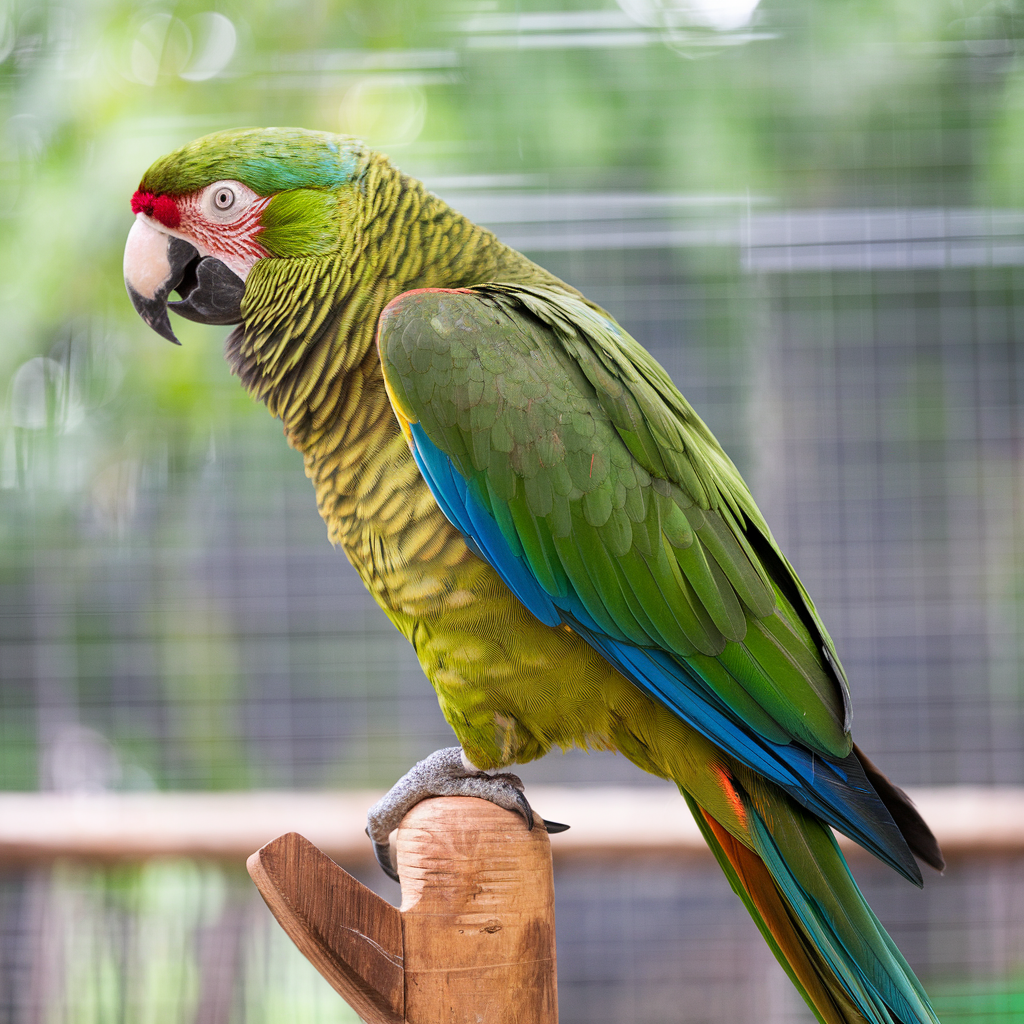
Parrots communicate through specific body movements and postures that reveal their emotional state. When a parrot lifts one leg off the perch, it typically signals positive emotional states or physical comfort regulation.
Signs of Contentment
When a parrot stands on one leg, it’s often a sign of relaxation. I’ve observed this behavior in happy, comfortable birds who feel secure in their environment. This posture indicates the bird feels safe enough to temporarily reduce its stability.
Alongside standing on one leg, content parrots may display other positive body language signals:
- Fluffed feathers (but not extreme puffing)
- Gentle beak grinding
- Relaxed wings held close to the body
- Slow blinking or half-closed eyes
If your parrot frequently balances on one leg around you, it’s a good indication they feel comfortable in your presence. This is especially meaningful since birds are naturally vigilant against predators.
Sleeping Postures and Comfort
Parrots often sleep standing on one leg. I find this fascinating since they also tuck the raised foot into their feathers to conserve body heat. The un-feathered parts of a bird’s legs can lose significant heat, so this tucking behavior serves as natural temperature regulation.
When sleeping, a parrot on one leg may also:
- Turn its head backward, resting it on its back
- Puff up body feathers to create insulation
- Close both eyes fully (rather than the one-eye-open resting state)
While standing on one leg is typically normal behavior, I should note that constant favoring of one leg could indicate injury. If your parrot never stands on a particular leg or shows signs of discomfort, a veterinary check is advisable.
The Role of Diet in Parrot Posturing
When I observe my parrot standing on one leg, I often consider how diet affects this behavior. A well-balanced diet directly impacts a parrot’s overall health, including how they perch and position themselves.
Nutrient balance plays a crucial role in muscle function and bone strength. Birds lacking calcium may show weakness in their legs, making it difficult to maintain typical postures like standing on one leg.
Parrots fed a proper pelleted diet generally show more relaxed posturing behaviors. I’ve noticed that birds with nutritional deficiencies often appear more tense and may be less likely to stand comfortably on one leg.
Hydration status also affects posturing. Well-hydrated birds display more relaxed behaviors, including the comfortable one-legged stance that indicates contentment.
Key diet elements that affect posturing include:
- Calcium and vitamin D (for bone strength)
- Protein (for muscle development)
- B vitamins (for nerve function)
- Proper hydration
Weight management is another important factor. Overweight pet birds may struggle to balance on one leg due to increased body mass and strain on their joints.
I’ve found that introducing variety in a parrot’s diet helps maintain proper weight and muscle tone. This directly supports their ability to comfortably perch on one leg when relaxed.
Seasonal changes in diet may also influence posturing behaviors as birds naturally adjust their energy conservation strategies based on available nutrients.
Frequently Asked Questions
Many bird owners wonder about their pet’s habit of standing on one leg. This common behavior has several explanations related to comfort, health, and natural instinct.
Is it normal for parrots to sleep while standing on one leg?
Yes, it’s completely normal for parrots to sleep while standing on one leg. This sleeping posture is actually a sign that your parrot feels safe and relaxed in its environment.
When parrots tuck one leg up close to their body, they’re entering a comfortable resting position. This behavior allows them to switch between legs, giving each one a break during longer rest periods.
How can ambient temperature affect a parrot’s standing behavior?
Temperature plays a significant role in how often parrots stand on one leg. In cooler environments, parrots may tuck one leg up against their body to reduce heat loss.
By minimizing the exposed surface area, they conserve body heat more efficiently. You might notice your parrot stands on one leg more frequently during colder months or when air conditioning is running.
What are the common reasons birds may adopt a one-legged stance?
Birds primarily stand on one leg to rest while remaining upright. This allows them to give one foot a break while maintaining their balance and position.
Temperature regulation is another key reason, as tucking one leg helps conserve body heat. It can also indicate a bird feels comfortable enough to relax in its surroundings.
Some birds also rotate which leg they stand on to prevent fatigue and muscle strain in either leg.
What does it indicate about a parrot’s health if it often stands on one leg?
In most cases, a parrot standing on one leg is a sign of relaxation and comfort rather than a health concern. It’s generally a positive behavior indicating your bird feels secure.
However, if a parrot consistently favors the same leg or shows signs of discomfort when using a particular leg, it might indicate an injury or health issue. Watch for limping, swelling, or reluctance to put weight on a leg.
I recommend consulting a veterinarian if you notice your parrot avoiding using one leg entirely or showing other signs of distress.
How do the behaviors of parrots and flamingos compare when it comes to standing on one leg?
Both parrots and flamingos stand on one leg, but there are interesting differences in how and why they do it. Parrots typically alternate which leg they stand on, while flamingos often favor one leg for extended periods.
Flamingos have specialized anatomy that makes one-legged standing incredibly efficient, using a “locking” mechanism in their legs. Parrots don’t have this same anatomical feature but still find the position comfortable.
The temperature regulation benefit applies to both species, though it’s especially important for flamingos who often stand in cold water.
Are there any specific species of birds that are more prone to standing on one leg?
Waterfowl like ducks, geese, and swans frequently stand on one leg, especially when resting near water. This behavior helps them minimize heat loss to cold water.
Wading birds such as herons, storks, and flamingos are perhaps the most well-known one-legged standers. Their long legs are particularly susceptible to heat loss.
Parrots of all species demonstrate this behavior, though larger parrots like macaws and African greys may be more noticeable when they do it simply due to their size.

